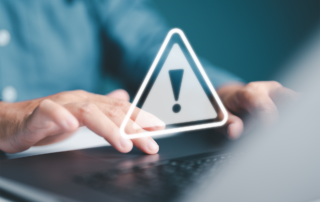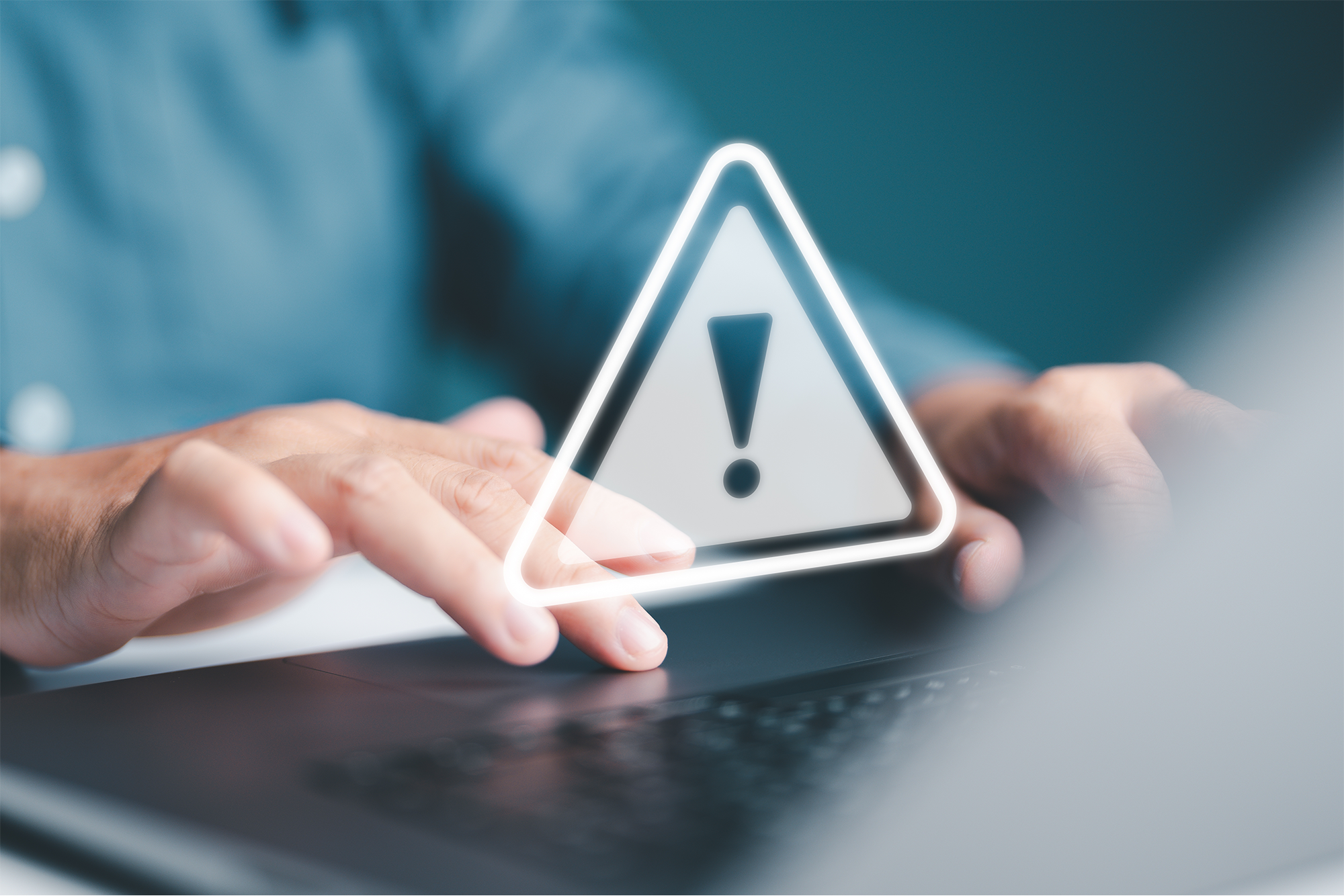As inflation continues to impact the economy, many employers are trying to help employees with their finances by developing inflation-resistant benefit packages.
Student Loan Repayments
Offering student loan repayment programs helps employees pay down debt and improve their financial security. This benefit is especially appealing to younger workers whose salaries may not keep up with inflation.
Tax-Advantaged Accounts for Healthcare Expenses
Providing tax-advantaged healthcare accounts such as HSAs, FSAs, and HRAs can help employees cover medical costs and protect them from inflation pressures. These accounts allow employees to set aside pre-tax dollars for qualified medical expenses and help reduce out-of-pocket costs.
Direct Relationships with Healthcare Providers
Going through insurance companies often means paying more than necessary for healthcare services. By establishing direct relationships with healthcare providers, self-insured employers can help employees reduce medical expenses and limit their exposure to inflationary pressures.
Matching Contributions
Matching employee contributions for retirement, healthcare, student loan repayment, and other benefits obviously helps employees, but these employer contributions are also deductible as long as they are within the applicable limits.
The Section 125 Plan
The Section 125 plan allows employees to convert taxable benefits into tax-free benefits. By implementing a Section 125 program employers help employees pay for various expenses, including healthcare premiums, childcare costs, and retirement contributions with pre-tax deductions.
For more Employee Benefits information, contact INSURICA today.
Copyright © 2023 Smarts Publishing. This is not intended to be exhaustive nor should any discussion or opinions be construed as legal advice. Readers should contact legal counsel or an insurance professional for appropriate advice.
About the Author
Share This Story
Related Blogs
OSHA’s Safe and Sound Week Scheduled for Aug. 12-18
Each year, more than 5,000 workers are killed on the job. Additionally, more than 3.6 million employees are seriously injured each year while at work. Because of this, the Occupational Safety and Health Administration (OSHA) holds a nationwide event each August called Safe and Sound Week, which promotes the importance of companies incorporating safety and health programs into their workplace. This year, the event runs Aug. 12-18, 2024.
2024 Midyear Market Outlook: Workers’ Compensation
Profitable underwriting results have generated favorable conditions across the workers’ compensation insurance market for nearly a decade. According to the National Council on Compensation Insurance (NCCI), the segment produced combined ratios of 84.5 and 84.9 in 2022 and 2023, respectively, demonstrating continued profitability.
CrowdStrike, the Most Important Cyber Accumulation Loss Event Since NotPetya, Highlights Single Points of Failure
In what is being called “the most important cyber accumulation loss event since NotPetya,” the July 19, 2024, global technology outage (CrowdStrike) will produce scores of insurance claims across a range of policies, test cyber policy wordings,and sharpen the industry’s focus on single points of failure.







